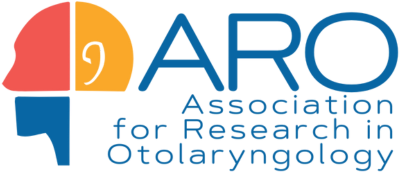The ARO Nominating Committee is pleased to share the slate for the 2023 ARO Council elections. Eligible ARO Regular members have been emailed a virtual ballot, via Election Buddy, to cast their vote by the December 2, 2022 at 11:59 PM EST.
The virtual ballot has been sent to active ARO members by Election Buddy- please be sure to check your email spam folder as it may have gone there.
Please see each candidate listed below and review their submitted statements prior to voting. For questions, please email headquarters@aro.org.
| President-Elect | ||
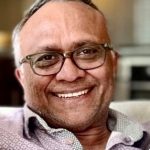 |
Sunil Puria, Ph.D.
Mass Eye and Ear Eaton Peabody Laboratories Harvard Medical School
|
|
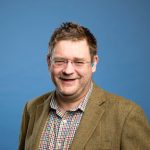 |
Peter S Steyger, Ph.D.
Translational Hearing Center Creighton University
|
|
| Secretary/Treasurer | ||
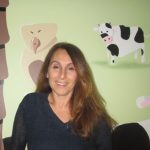 |
Karen A. Gordon, Ph.D., CCC-A, Reg. CASLPO
Archie’s Cochlear Implant Laboratory,
|
|
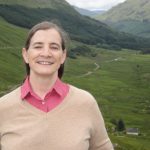 |
Anna Lysakowski, Ph.D.
Dept. of Anatomy and Cell Biology University of Illinois at Chicago
|
|
| Program Chair | ||
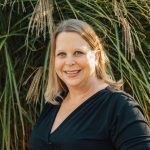 |
Brandon C. Cox, Ph.D.
Southern Illinois University School of Medicine (SIUSOM)
|
|
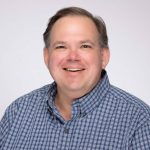 |
Stephen G. Lomber, Ph.D.
Department of Physiology McGill University McIntyre Medical Sciences Building
|
|
| Council Member- At- Large | ||
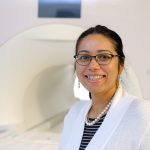 |
Fatima T. Husain, Ph.D.
Department of Speech and Hearing Science The Beckman Institute for Advanced Science and Technology and The Neuroscience Program University of Illinois Urbana-Champaign
|
|
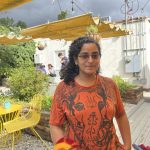 |
Radha Kalluri, Ph.D.
University of Southern California
|
|
